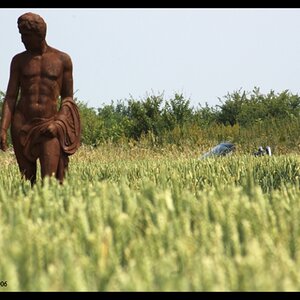vivdub
TPF Noob!
- Joined
- Mar 14, 2015
- Messages
- 78
- Reaction score
- 12
- Can others edit my Photos
- Photos OK to edit
Hi,
I am uploading an image below. (full body)
I want your suggestions on how I can improve that further in same location (it can't be changed).
Then there is another image ( a portrait, head shot), its taken using single light at same location, which is mostly dark.
You will see some dark portions on the face, next time I am planning to use a reflector, will that be enough ?
Any other feedback's are welcome.
Thanks
I am uploading an image below. (full body)
I want your suggestions on how I can improve that further in same location (it can't be changed).
Then there is another image ( a portrait, head shot), its taken using single light at same location, which is mostly dark.
You will see some dark portions on the face, next time I am planning to use a reflector, will that be enough ?
Any other feedback's are welcome.
Thanks



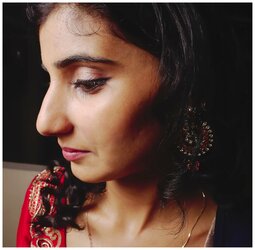
![[No title]](/data/xfmg/thumbnail/31/31012-f5e0c7cdea2f2c3e44737e3f61c2461a.jpg?1619734567)
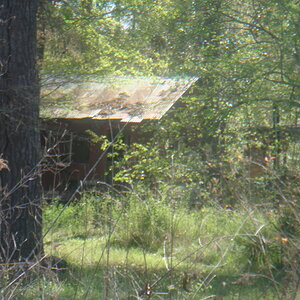
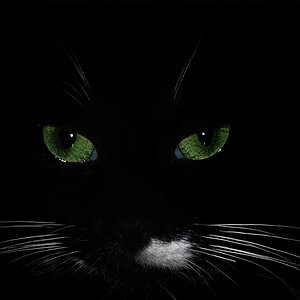
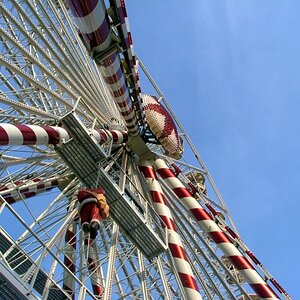
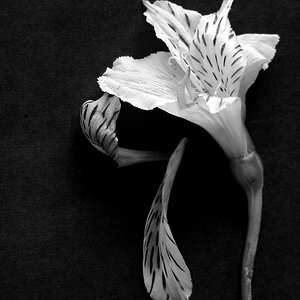
![[No title]](/data/xfmg/thumbnail/36/36398-33d875428a7eefdf5b31188ec0f555a5.jpg?1619737551)
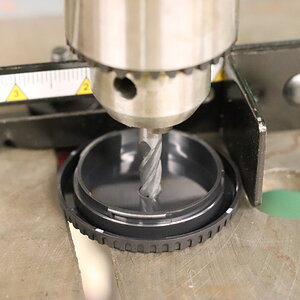

![[No title]](/data/xfmg/thumbnail/39/39184-d7e9fb25ed954af6adbcacfdf106df84.jpg?1619738904)
